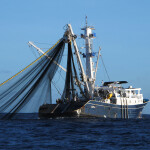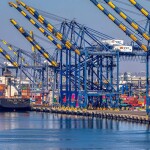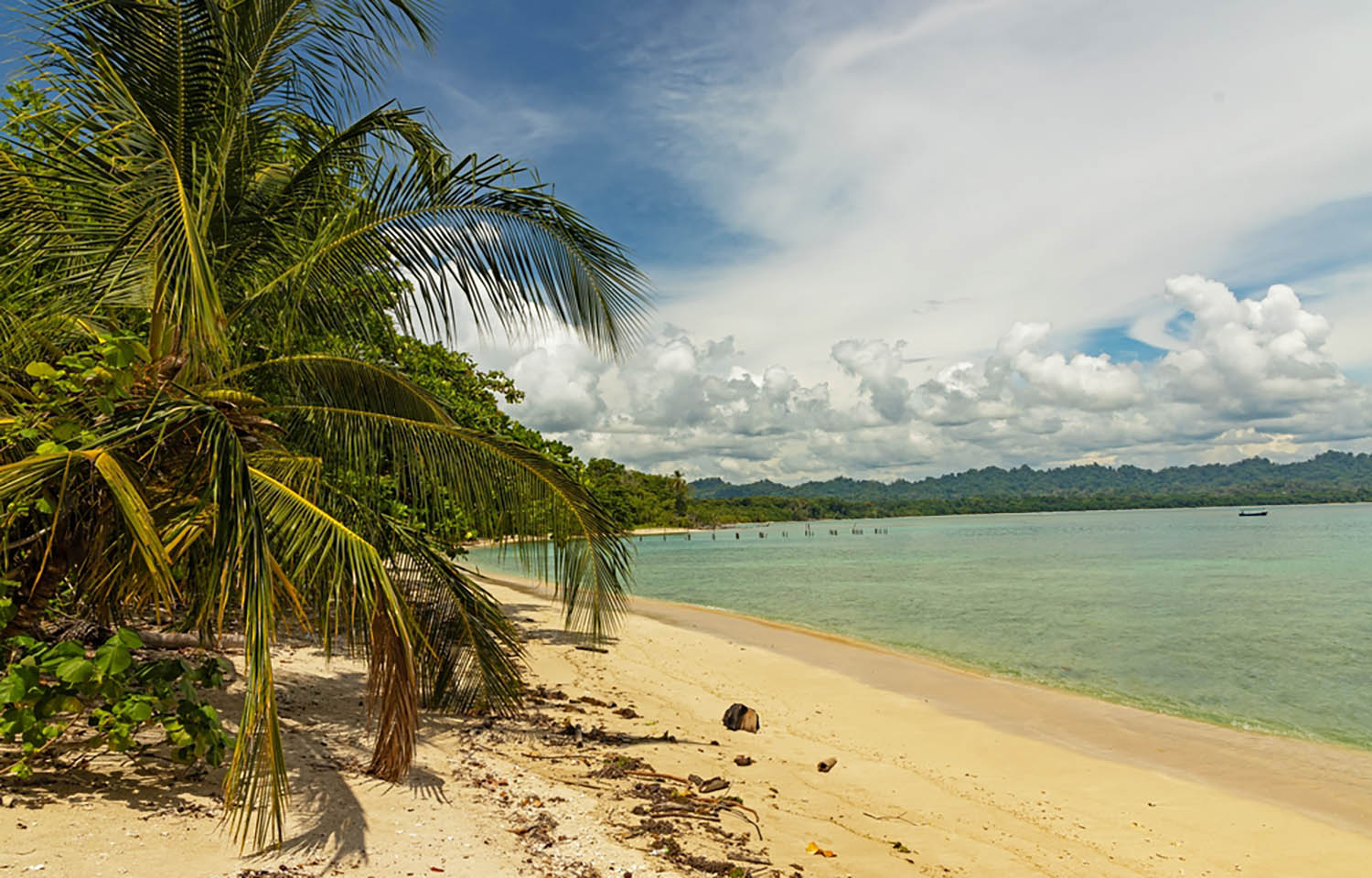Cahuita, a small village on Costa Rica’s Caribbean coast near the border of Panama, is an idyllic spot for tourists, who can be found relaxing on the town’s white-sand beaches or hiking in the nearby rainforest in Cahuita National Park, keeping an eye out for toucans and monkeys.
However, climate change is threatening the way of life for many of the 13,600 inhabitants in the town.
According to local NGO La Ruta del Clima, which advocates for the public’s right to participate in climate governance, Cahuita could be one of the Caribbean coastal towns most affected by global warming’s increasing intensification.
For example, extreme flooding, followed by elongated periods of drought, have affected banana production in the area; higher temperatures have resulted in the proliferation of pathogens in the fruit.
Other major issues are arising in the nearby ocean.
La Ruta del Clima has warned Cahuita is one of the towns on the Caribbean coast most vulnerable rising sea levels, which may increase the frequency of flooding, causing erosion and the loss of beaches.
Countrywide, warming seas in Costa Rica have resulted in coral bleaching, threatening not only tourism but also an important essential activity to many Costa Ricans: artisanal fishing.
Cahuita National Park, covering a land area of 2,732 acres and a marine area of 55,200 acres, including a 600-acre reef, was formed in 1970 to protect the area's rich marine life. Upon its founding, fishers in the area, many of whom are Afro-descendant, were allowed to continue with their customary fishing in the waters of the protected park.
In fact, fishing has been a principal way of life since the first settlers arrived in the area, according to María Teresa Williams, president of the Association of Subsistence Fishers and Aquaculture of Cahuita.
“They fish in the park because it's always been that way. They have always fished – from the times of their grandparents, parents, and uncles – and now they follow that ancestry … fishermen were one of the first inhabitants of what is the Caribbean coast,” she told Climate Tracker.
Working from very early in the morning, when fish are most abundant, Cahuita fishers used to be able to fill their coolers with 20 or more fish to feed their families and sell the remaining fish in the local market. With the warming of the ocean, though, fish are leaving the shores and seeking cooler waters in deeper seas.
Now, fishers sometimes only catch two or three fish per day.
There were previously around 30 fishers in Williams’s association, but there are now only 15. Residents are leaving the profession due to the difficulty of making a living, and young people are growing more hesitant to take up the trade of their ancestors.
“Many of them want to fish, but seeing the situation that their parents are going through who can't get [the fish], who don't have [enough money], that there are times when needs go unmet at home, they don't have such a deep interest in doing it,” Williams said.
More Cahuita fishers are selling their boats and looking for alternate ways of making a living, Williams said. Her association has sought aid from the Costa Rican Institute of Fisheries and Aquaculture (Incopesca) but said she has been told there are no funds available to help the local fishermen.
While climate change is significantly disrupting fisheries around the world, Caribbean fishers are on the front lines of the struggle, according to a CC4Fish Policy Brief issued by the United Nations’ Food and Agricultural Organization (FAO).
FAO said that negative effects from climate change already taking place in the Caribbean include damage to critical fish habitats, increased occurrences of high-intensity storms, rising sea levels, and increased presence of sargassum – an algae that, in abundance, can harm fish stocks.
These incidents are negatively affecting fishing operations and fishers’ livelihoods across the Caribbean, resulting in lower yields, reduced safety at sea, increased damage to infrastructure, and higher operational costs, forcing many regional fishermen to look for other occupations.
To ensure fishers can maintain their livelihoods, FAO is calling for measures to be implemented at local, national, and regional levels, including strengthened ocean and climate forecasting to ensure informed decision-making; fishery improvement programs (FIPs) with product traceability to support access to higher-priced markets and increase resource sustainability; fishers catching and marketing previously unavailable or non-traditional species; access to affordable insurance; making climate change a mainstream topic in fisheries policy and management to increase awareness and understanding; and capacity-building to improve fishers’ resilience.
“At stake is food security, fishing heritage, the well-being of coastal communities, and an important contribution to the emerging blue economy,” FAO said.








